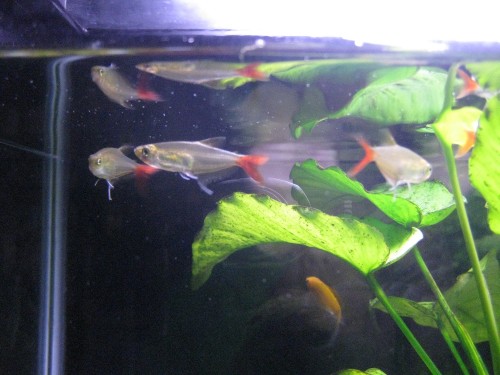
These are American bullfrogs. We saw the one above at Milwaukee Public Museum, and we took the picture below yesterday at Heckrodt Wetland Reserve. Bullfrogs are native to eastern and central United States, including Wisconsin. They have also been introduced to western United States, where they are threatening some of the native fish, birds, and frogs there.
Bullfrogs are very large frogs that can be up to 8 inches long. They live 8-15 years. They are carnivores that eat lots of different kinds of animals, including crayfish, turtles, large insects, other frogs, snakes, birds, small mammals, and fish.
In the picture above, you can see a large circle just behind its eye. This is called the tympanum, and it’s the frog’s ear.
Bullfrogs can be different colors to blend in with their habitat. The one above is green, so it probably lives in a green habitat. Below the frog is brown, and it lives in a brown habitat.

Males call in June and July with a loud, deep hum while sitting in the water or on a plant.
Some people eat frog legs from bullfrogs, but I’ve never tried it.
Last week I wrote a post about baby American bullfrogs. If you missed it, check it out with this link.















 RSS Feed
RSS Feed Facebook
Facebook Twitter
Twitter Subscribe by e-mail
Subscribe by e-mail